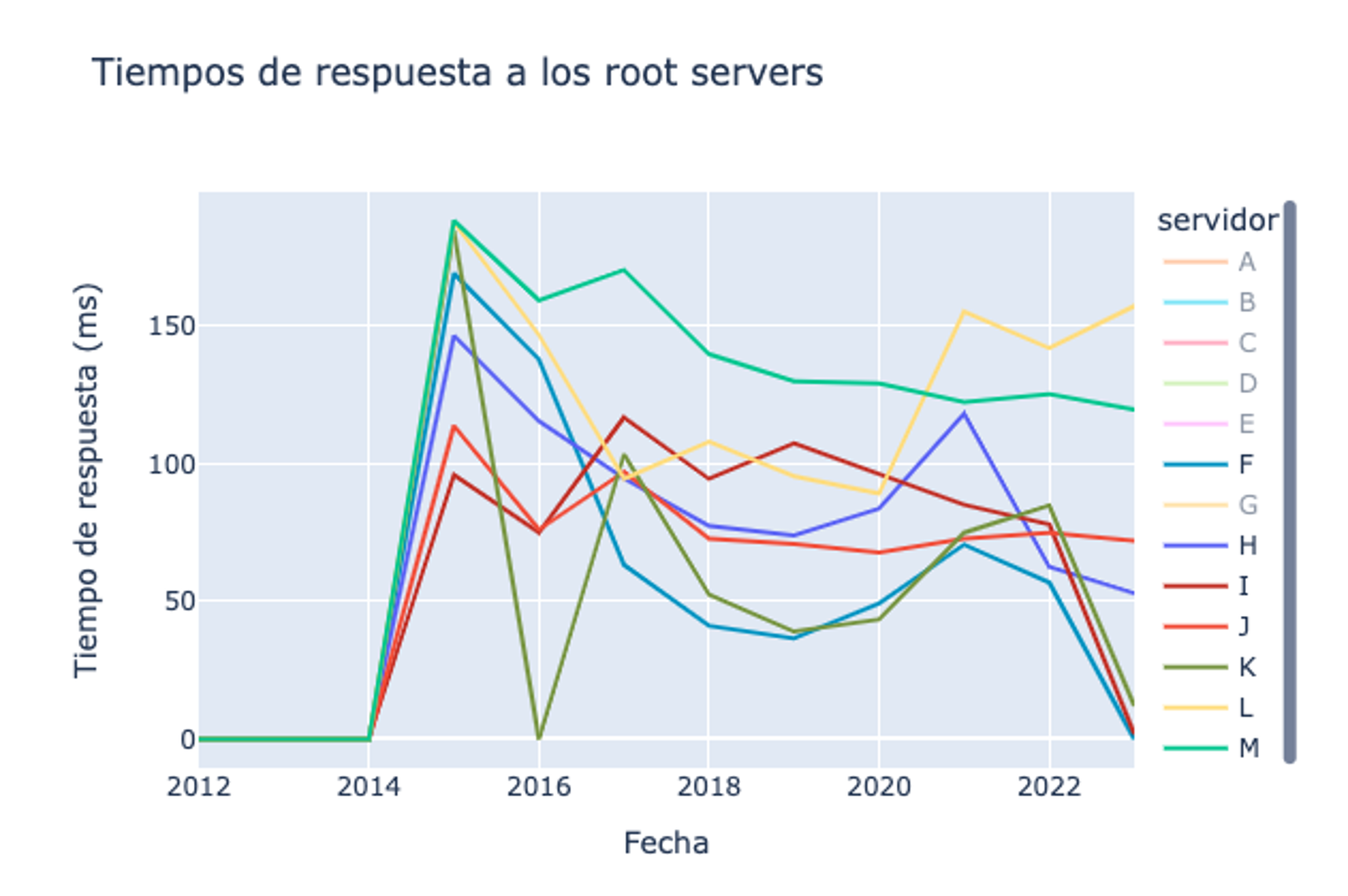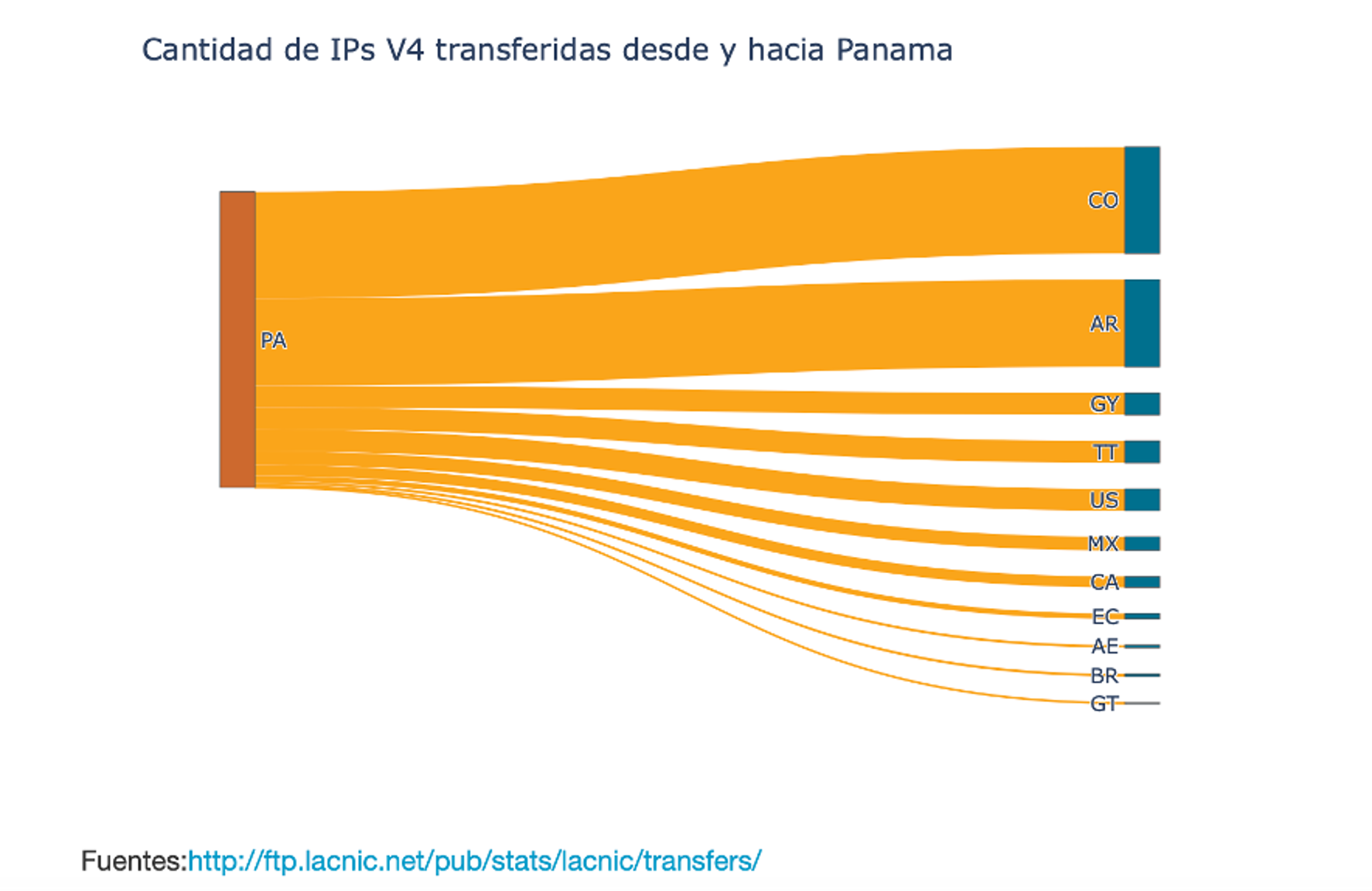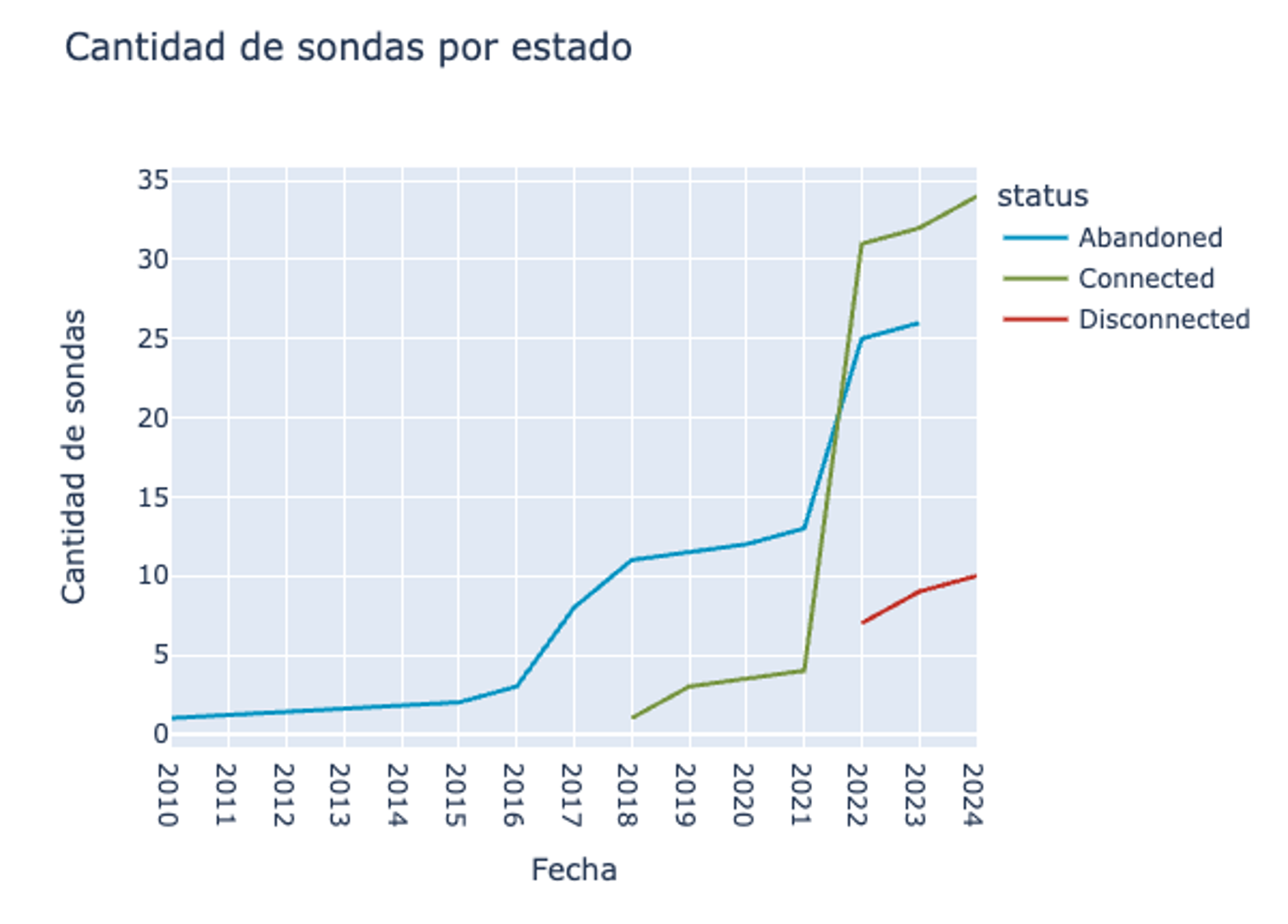Would You Like to Know the Internet Measurements in Your Country?
12/04/2024

By Elisa Peirano, R&D Data Analyst at LACNIC and Project Lead
At LACNIC, we have developed a tool that gathers the most relevant data related to Internet operations across the Latin American and Caribbean region. This initiative involves a portal with pertinent data for analyzing Internet on a country-by-country basis, offering a general overview to support decision-making processes.
This idea arose in a Working Group held at the Merida event, where operators in the region raised the need to centralize information to facilitate their decision-making processes.
This led to the creation of “Internet Measurements by Country,” a monthly-updated portal that gathers information from various sources. It presents valuable data in different sections, including interactive graphs that can be downloaded individually.
Users can select a country within the portal to access general demographic data, the country’s primary ASNs, resource allocations by LACNIC, the number of affiliates categorized to date, and BGP announcements of ASNs and IP prefixes.
Moreover, users can find detailed explanations of DNS and DNSSEC validation, along with information on the Mutually Agreed Standards for Routing Security (MANRS) practices adopted by each country.
The Panama Case
Given that the upcoming LACNIC 41 event will take place in Panama, we take this opportunity to share insights into the country’s notable Internet development in recent years.
For instance, in terms of BGP announced prefixes and ASNs, we can observe the number of ASNs announced by type (origin, transit, and upstream), the average AS path length, and the number of prefixes announced in both IPv4 and IPv6.
It is worth noting that Panama hosts 1 IXP and the average AS PATH length in the country is 3.88. It is worth remembering that origin ASNs are the ASNs that announce the prefixes; transit ASNs are the ASNs that connect to the origin ASN within a country’s borders; while upstream ASNs are those that provide external connectivity to a country.

DNS Root Servers Replicas. When analyzing the DNS implementation in Panama, we observe that it hosts three instances of the Root Servers [‘K’, ‘I’, ‘F’]. This setup enables us to analyze their response times in comparison to those without replicas in the country.

IPv6 The evolution of IPv6 deployment and usage in Panama, compared to the overall regional average, is another dataset available for analysis on the LACNIC portal. The graph below illustrates that Panama has room for improvement in its IPv6 performance when compared to the Latin American and Caribbean average.

IPv4 Transfers. An interesting finding from the analysis of the information contained in this LACNIC tool is related to resource transfers. It has been noted that IPv4 address transfers exclusively involve outgoing transactions, with no incoming transfers observed. Typically, this “leakage” of addresses occurs towards other countries within the region, as shown in the figure.

Internet Measurement Platforms. Panama also stands out in the RIPE ATLAS data section for its deployment of probes between 2021 (there were only four) and 2024 (today there are 35 probes). These probes, which enable measurements of latencies, traceroutes, DNS, HTTP, NTP, among others, prove highly valuable in evaluating Internet traffic behavior in a country, as demonstrated in various studies. The following image illustrates the growth of connected probes since 2021.

We invite you to visit the portal to view the data for your countries and verify the information. For questions and feedback, please contact us at imasd@lacnic.net. We are also interested in hearing your suggestions for additional information to incorporate on the website.